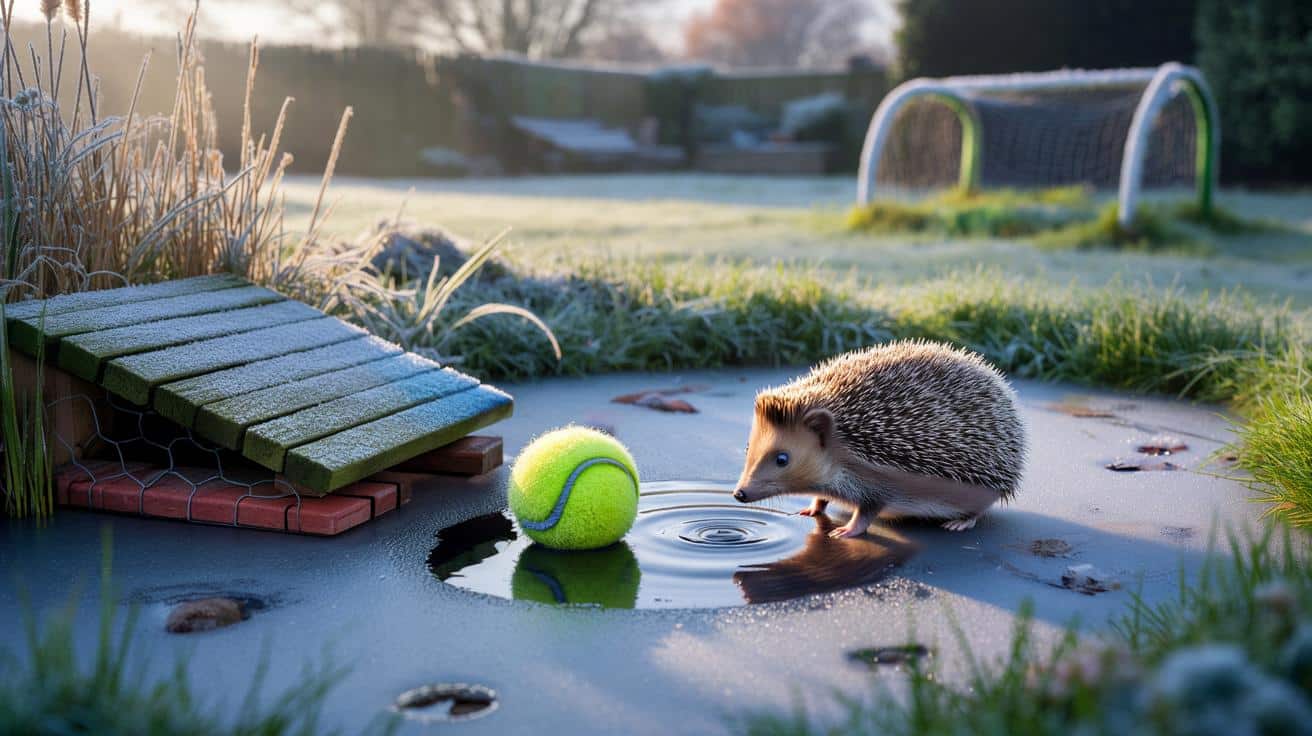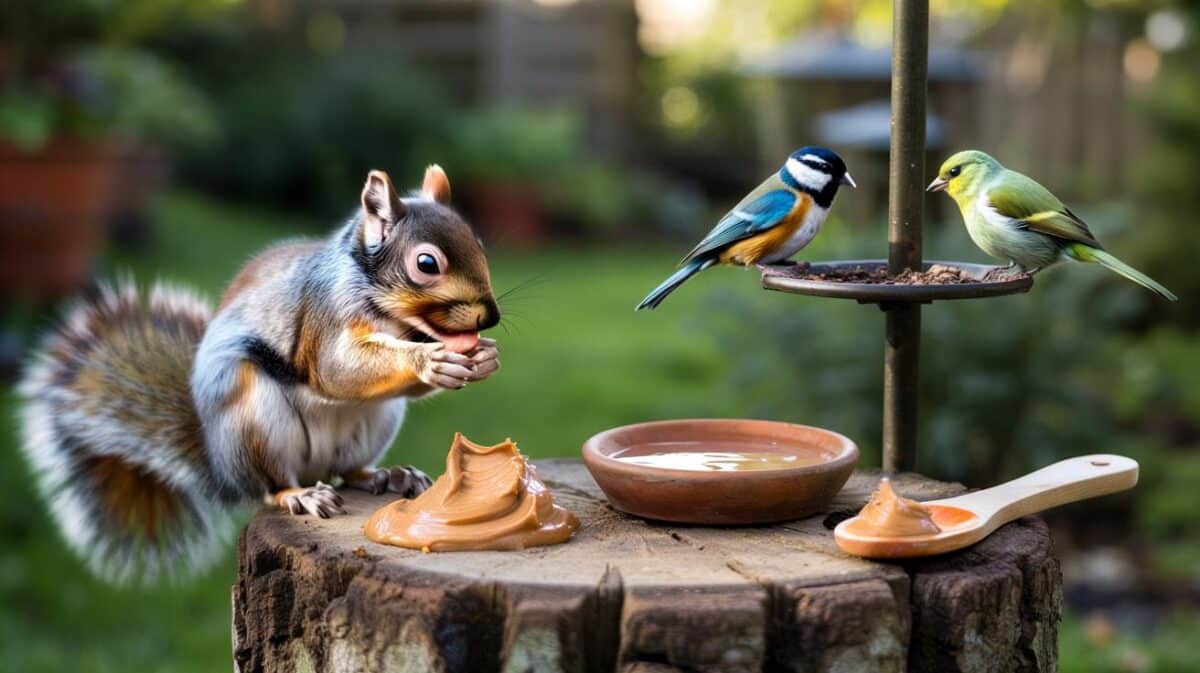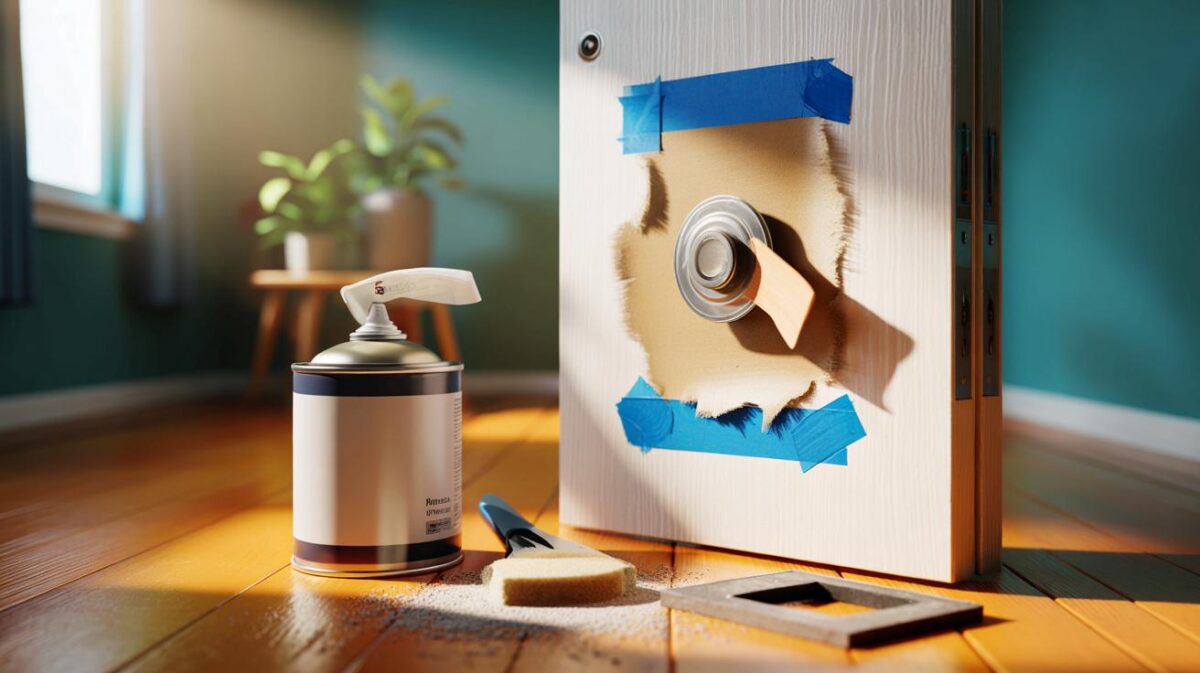A crisp backyard, a quiet pond, a sleeping garden. Winter is gentle to look at — and brutal for a hedgehog that needs one small drink, one safe corner, one lucky break. Sometimes that lucky break is neon-yellow and fits in your palm.
The grass crackled under my boots, and the pond was skinned with thin ice, like sugar pulled tight. My neighbour flicked a tennis ball across the surface, and it spun to a stop beside the reeds, bobbing like a tiny buoy.
“It keeps a gap in the ice,” she said, tucking her scarf with the kind of care you save for pies and small creatures. “If a hedgehog wakes thirsty, it won’t wander onto brittle ice.” The ball looked silly. It also looked like a lifesaver.
I stood there wondering how many small things we overlook. Then the ball nudged the ice and left a perfect, round hole. A neat, echoing circle.
The small, bright hack that makes a big winter difference
A tennis ball in a garden pond sounds like the start of a dad joke. It’s not. That little float keeps a breathing hole open in light freezes, which helps fish and frogs — and creates a safe access point for wildlife drawn to water on mild winter nights. Hedgehogs can rouse from hibernation in warm spells and head straight for the nearest drink.
The risk is simple: thin ice is a trap. Hedgehogs are surprisingly strong swimmers, yet steep liners and slippy edges can turn a sip into a drowning. That bobbing tennis ball behaves like a tiny ice-buster. When frost forms, you nudge the ball, lift it out, and it leaves a round gap. A gap that can be topped with a stick ramp or a brick slope. A gap that says: not today, cold water.
Last winter I met Linda, a retired nurse who volunteers with a hedgehog rescue in Kent. She keeps a tennis ball on a string in her pond and a short plank with chicken wire as a ladder. One night a hedgehog — gaunt, 450g, not ready for the season — wandered to the pond. The ball meant there was a hole, the plank meant there was an exit. The hog left wet paw prints and survived the week. Sometimes the story is that ordinary.
Britain’s hedgehogs have been in quiet retreat. Surveys suggest rural numbers have dropped sharply since the turn of the century, while urban populations fare a little better thanks to garden kindness. Winter is crunch time: cold snaps, soaked nests, hunger dips, and the wrong hazards in the wrong places. A tennis ball doesn’t fix the climate or the habitat. It just clips one risk. That’s the point.
Why does such a small object help? Ice forms from the top down, but water moves. A floating ball keeps a patch in motion and breaks the fragile film each time wind or a curious hand shifts it. Pull the ball up on freezing mornings and you lift a plug of ice, leaving a clear circle for gases to escape and for wildlife to drink without skating. Add a rough-textured ramp and you’ve designed a shallow end for anything that tumbles in.
Hedgehogs don’t read safety notices. They follow scent and habit. They’ll nose towards water, clamber over netting, and disappear into gaps you didn’t know you’d made. A bright ball is also a visual cue for humans: if you can see it from the kitchen window, you’ll remember the pond needs a quick check. Let’s be honest: nobody really does that every day.
How to use a tennis ball to make your winter garden hedgehog-safe
Here’s the simple method. Drop a clean tennis ball into your pond before a cold spell. On icy mornings, lift the ball to pop out a neat hole; replace it so the hole stays open as temperatures shift. Place a brick shelf or a short plank wrapped in chicken wire at one shallow edge. That gives tread and grip if anything falls in.
If you’ve no pond, the ball still pulls weight. Slide a tennis ball under the bottom line of rolled-up garden sports nets to keep them off the ground when stored. Hedgehogs get knotted in loose netting left overnight. Raising it even hand-high and tidying it away at dusk removes a silent danger. Mark it in the diary for Sunday. We’ve all had that moment when the light’s fading and you think, I’ll sort it tomorrow.
Common errors are fixable. Don’t smash pond ice: shockwaves can harm fish, and broken shards trap wildlife. Don’t add salt or chemicals. Don’t leave goal nets sprawled across the lawn, even for “just one night.” If you use beer traps for slugs, put a raised cover over them — a scrap tile works — so hedgehogs can’t blunder in. Your garden is a night-time maze for a nose and four small feet.
There’s another handy role for the humble ball. If you have open drainage pots or narrow tubes at ground level, cap them until fitted with proper covers. A firm wedge or mesh is best; a tennis ball is a temporary plug that keeps curious snouts out. And if you use bamboo canes, cap the tips — cut wine corks do the job, tennis balls on taller stakes, too. Think soft edges, safe exits, bright reminders.
One rescuer put it better than any guidebook.
“I can’t save every hedgehog,” Linda told me, standing by her pond with the frosted reeds ticking in the wind. “But I can make this patch of earth fairer. The tennis ball is me telling the weather it doesn’t get the last word.”
Here’s a quick crib to stick on the fridge.
- Float a tennis ball in the pond; lift it on icy mornings to leave a safe hole.
- Add a rough ramp or brick shelf for easy exits from water.
- Store or raise garden nets at dusk; use balls as bright stoppers when rolled up.
- Cover open drains and holes; a tennis ball can plug gaps until you fit mesh.
- Check leaf piles and bonfires before lighting; move stacks the day you burn.
A winter of small kindnesses
One tennis ball won’t turn your garden into a wildlife reserve. It will do something quieter. It will make you look. You’ll start to notice the dark corners that catch a hedgehog out: a sagging net, a steep liner, a forgotten mug of beer luring slugs like a trap.
When you look, you change things. You tuck a brick under the pond edge. You coil the net. You cut a gap in the fence for a hedgehog highway and leave a shallow dish of water on mild nights. You tell the kids to fetch the ball and check the ice and do it like a ritual.
There’s a feeling to that — a household decision to side with the small and the spiky. No speeches, no heroics, just a yellow dot bobbing on a winter surface. You don’t have to save the world in one go. **You can save the next five metres.** And maybe, as paw prints appear and vanish in the frost, that’s how bigger change sneaks in.
| Key points | Detail | Reader benefit |
|---|---|---|
| Tennis ball as pond float | Lift it on icy mornings to leave a safe drinking hole and aid gas exchange | Reduces drowning risk and keeps wildlife healthier in freezes |
| Tidy or raise netting | Use balls as bright stoppers and store nets off the ground at dusk | Prevents hedgehog entanglement in garden sports nets |
| Soft edges, safe exits | Add brick shelves, rough ramps, and temporary plugs on open drains | Makes a garden escape-friendly and less hazardous overnight |
FAQ :
- Does a tennis ball really stop a pond from fully freezing?In light to moderate frosts, the motion and displacement help keep a small area open. In deep, prolonged freezes, you’ll still need to lift the ball daily to create a hole.
- Won’t smashing ice be faster?It’s risky for fish and can create sharp edges that trap wildlife. Use the ball to pop out a neat plug, or gently pour warm (not boiling) water over one spot.
- How high should netting be off the ground?Keep the lower edge at least a hand or two above ground and, better yet, store nets overnight. A tennis ball can help keep rolled nets off the soil as a quick fix.
- What size should a hedgehog highway be?Make a 13cm x 13cm gap at the base of your fence. That’s large enough for hedgehogs, too small for most pets. Mark it and keep it clear.
- What else can I do this winter?Leave shallow water on mild nights, check leaf piles before strimming, avoid slug pellets, and offer a feeding station if you spot an underweight hog. **Small habits add up.**








